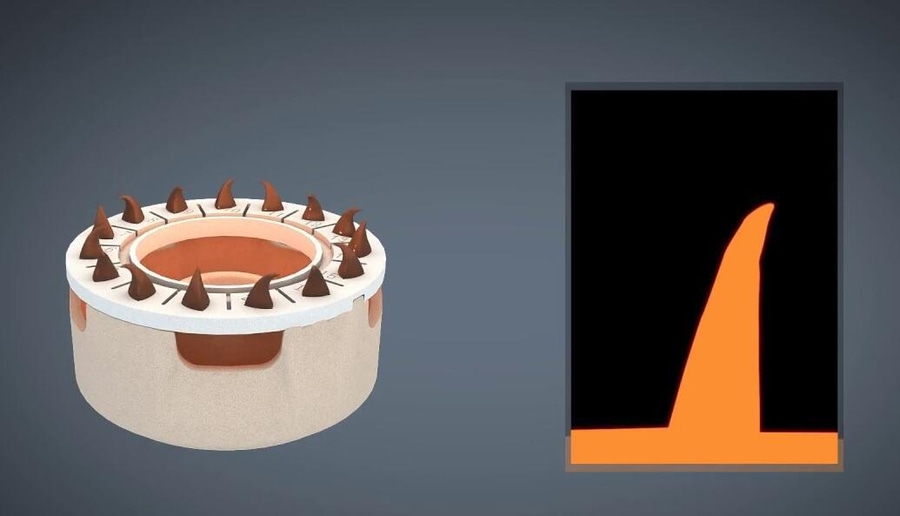
#Industry News
The Critical Role of Ash Fusibility Test
Ash Fusibility Test
The ash fusibility is one of the vital measurement to test the high temperature characteristic of coal. It is an important indicator of coal, which reflects the dynamic change of mineral matter in boiler. Therefore, testing ash fusion temperatures of coal plays a critical role to ensure the safe and economic operation of boiler in coal-fired power plants.
Firstly, ash fusibility test can provide a basis for selecting gas temperature of the furnace outlet and safe operation of the boiler. When designing a boiler, the gas temperature of the furnace outlet is usually required to be 50-100℃ lower than the sphere temperature, and it should be limited within this range in operation. Otherwise, it may cause overheating of the furnace outlet, slag bridging in the tube, and even blocking the boiler. As a result, both sides of the boiler would be overheated, leading to abnormal steam temperature.
Secondly, ash fusibility test can predict coal slagging. The coal ash fusion temperature is bound up with slag formation. From pulverized coal boiler operation experience, we can learn that furnace slagging may occur once the sphere temperature is under 1350℃, obstructing continuous safe operation of the boiler.
Thirdly, ash fusibility test result can help choose the appropriate coal according to different boiler combustion modes in coal-fired power plants. The requirements of ash fusibility temperature vary according to combustion modes and ways of slag discharge. The solid slag discharge for pulverized coal-fired boilers request high ash fusibility temperature, in case of slag formation. On the contrary, the wet bottom boilers require low ash fusibility temperature to avoid difficult slag discharge, because the coal of low ash fusibility temperature possesses low viscosity, making slag discharge easier.
Fourthly, ash fusibility test can help judge the type of coal ash residues. The test can roughly tell whether the coal ash is long slag or short slag, depending on the magnitude of sphere temperature range (DT-ST).It is generally acknowledged that the coal ash of magnitude from 200℃ to 400℃(ST-DT) is long slag, while the coal ash of magnitude from 100℃ to 200℃(ST-DT) is short slag. Generally speaking, the boilers are safer with long slag. When using short slag, due to the furnace temperature increase, severe extensive slag formation may occur to the solid state slag pulverized coal-fired boilers in a short time. As for long slag, although the temperature difference between deformation temperature and sphere temperature exceeds 200℃, the slag forms relatively slowly, and even if problems exist, they tend to be partial.
In conclusion, ash fusibility test is crucial to power plant operation, therefore, it is necessary to formulate measure method confirming to ISO540, ASTM D 1857, GB/T 219-2008 and use reliable analytical equipment with high automation level. At the same time, CKIC has developed 5E-AF4105 and 5E-AF4115 Ash Fusion Determinators with innovation, which has been widely applied in power plants. The accurate test data can offer a guidance for safe boiler operation to avoid accidents and minimize the overhauling downtime.





